
Engelmann & Bigelow, Proceedings of the American Academy of Arts and Sciences 3: 291, 1856
Holotype; Lectotype; Herbarium; Herbarium; Herbarium; Herbarium; Herbarium; Herbarium; Herbarium; Herbarium; Herbarium; Herbarium; Herbarium; Herbarium; Drawing (Botany of the Expedition, 1856, plate VI)
Original Description
What is Opuntia chlorotica chlorotica?
O. chlorotica chlorotica is the pricklypear cactus that summons up visions of gunfights and posses. It is one of three varieties: chlorotica, santa-rita, and gosseliniana within the O. chlorotica complex as described by Ferguson (1988). The three types blend into each other over their range and are reported to be closely related by other studies.
Details
Plants of this O. chlorotica variety may reach 2(2.5) m tall and usually form a single trunk that can reach 20 to 30 cm in diameter. Plants are often upright, but some spreading may occur. Cladodes are suborbicular or orbicular and may be about 12(20) cm across all diameters. Yellow, deflexed spines (2-6), 1-3 cm long, are present in most areoles. Though most populations have very spiny pads, some populations are almost spineless (as near Congress, Arizona). Typically the trunk is covered with stout spines up to 5 cm long. Glochids can become prominent and robust on older pads, up to nearly 2 cm long.
O. chlorotica chlorotica has modest, yellow flowers about 2 inches across. A pale red blush may occur on the interior near the base of the tepals, or they may have abaxial tepals may have pale reddish veins. Filaments are white to yellow. Anthers, style, and stigma are white, yellowish, or pale green. Fruit is semi-spherical, egg-shaped, or barrel-shaped, 30-60 × 18-40 mm. The fruit pulp of this pricklypear is often colorless and without flavor. Seeds are yellowish, approximately 3.5-4 × 3-3.5 mm, reniform to subcircular, flattened or warped, with a 0.1-0.5 mm girdle.
O. chlorotica is diploid.
Other Notes
The plant is found in far southern Nevada, southeastern California, much of central and north central Arizona, and barely into southwestern Utah. It is also found in extreme southwest New Mexico. Typically, O. chlorotica chlorotica grows in well-drained, rocky soils, sometimes between boulders or on cliff faces. However, this Opuntia species may grow in deep, sandy soils such as near Wickenburg, Arizona.

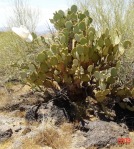
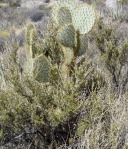
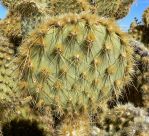


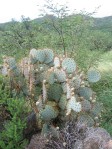
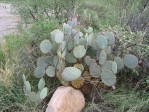
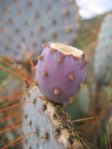
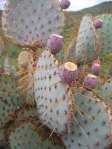
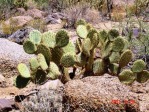


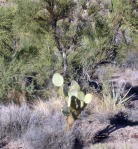


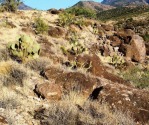
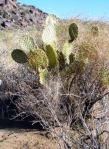
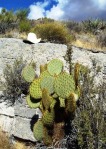
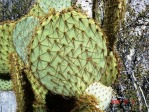

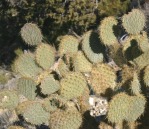

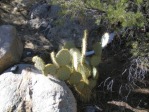
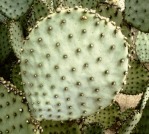
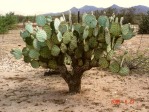
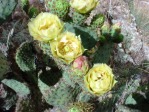
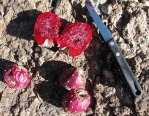
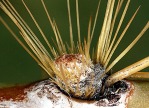
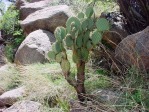

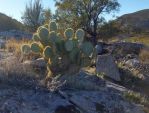
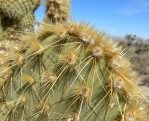
how many are in the world?
Hi,
I think there are 200 species. Others disagree with me and set the number far lower.
Joe
HI,
I think there are over 200 species of Opuntia. Others set the number lower.
Joe Shaw
Is the fruit editable ?